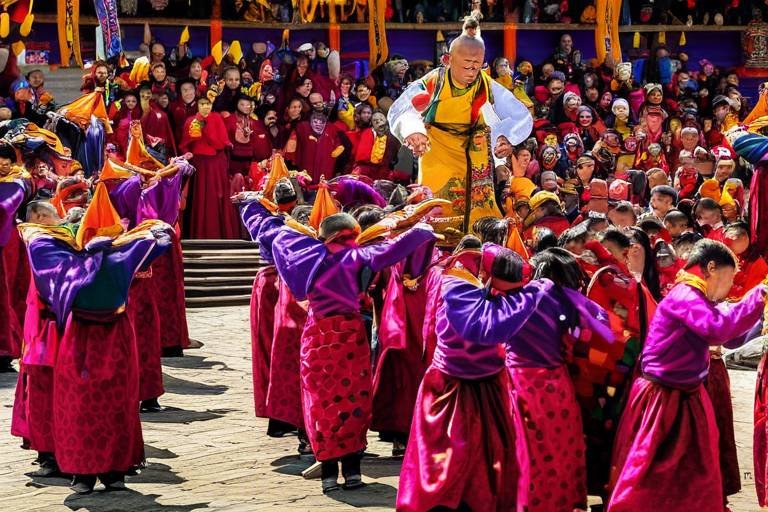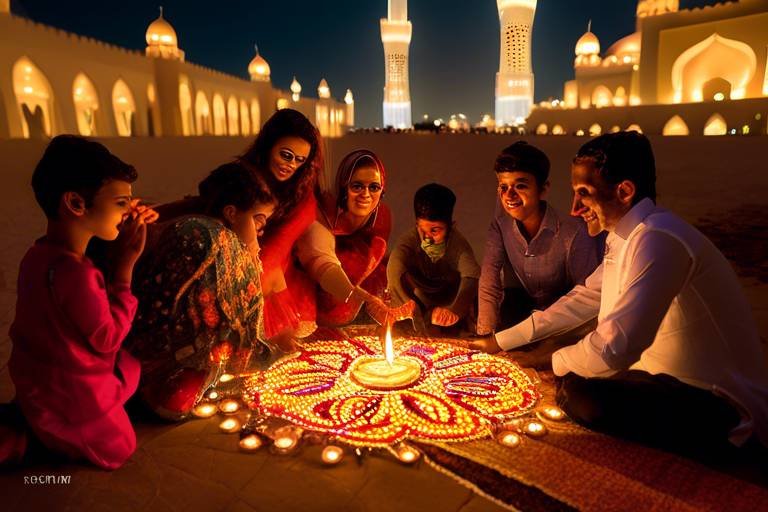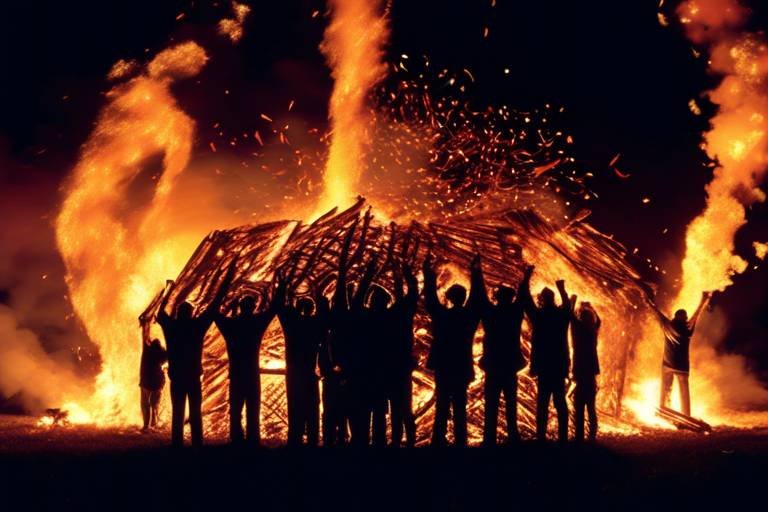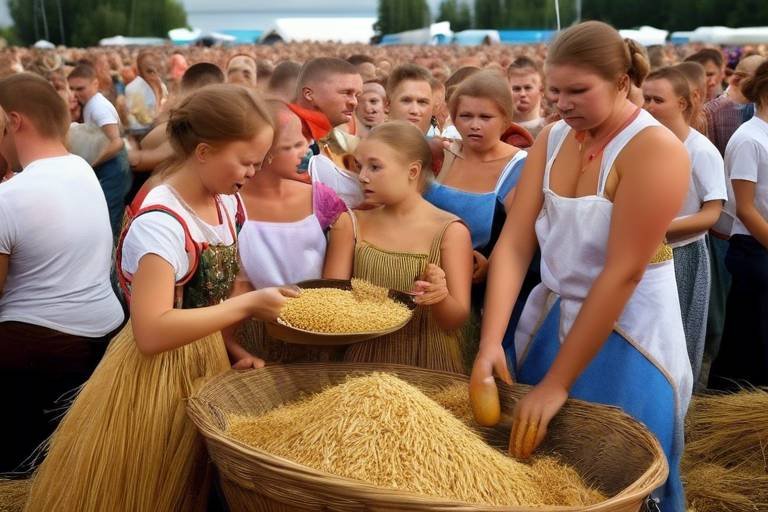Bhutan's Thimphu Tshechu - A Vibrant Religious Festival
The Thimphu Tshechu in Bhutan is a vibrant religious festival that pulsates with cultural significance and lively celebrations. It serves as a captivating showcase of traditional masked dances, intricate rituals, and colorful performances all dedicated to honoring Guru Rinpoche, the revered saint who brought Buddhism to Bhutan.
The festival is deeply rooted in Bhutanese history and holds immense importance in the country's religious and cultural traditions. Dating back centuries, the Thimphu Tshechu has evolved over time, blending ancient customs with contemporary interpretations, creating a dynamic tapestry of spiritual expression and artistic fervor.
One of the most striking aspects of the Thimphu Tshechu is the elaborate traditional costumes worn by participants. These costumes are not merely garments but intricate expressions of Bhutan's unique cultural heritage and exceptional craftsmanship. Each piece of attire is imbued with symbolic meaning, reflecting the rich tapestry of Bhutanese traditions.
The heart of the Thimphu Tshechu lies in the mesmerizing masked dances and theatrical performances that unfold during the festival. These captivating displays are not just entertainment but profound expressions of religious symbolism and spiritual storytelling. Each dance carries deep significance, portraying ancient myths and legends with grace and precision.
Throughout the festival, sacred religious ceremonies and rituals take center stage, offering devotees and participants the opportunity to engage in prayers, receive blessings, and make offerings to appease deities and seek divine favor. These rituals form the spiritual core of the Thimphu Tshechu, fostering a sense of unity and reverence among attendees.
Community participation is a cornerstone of the Thimphu Tshechu, underscoring the collective spirit and cultural pride of the Bhutanese people. From organizing the festival to actively taking part in its celebrations, the community's involvement showcases a deep-rooted sense of tradition and a shared commitment to preserving Bhutan's cultural legacy.
As Bhutan navigates the challenges of modernization, the Thimphu Tshechu faces the dual task of preserving its time-honored traditions while adapting to the changing landscape of the modern world. Efforts to balance tradition with innovation are underway, ensuring that the festival remains a vibrant and relevant expression of Bhutanese culture.
The Thimphu Tshechu has also become a beacon for cultural exchange, attracting tourists from around the world who seek to immerse themselves in Bhutan's rich heritage. This influx of visitors not only promotes cross-cultural understanding but also fosters a deeper appreciation for Bhutan's unique traditions and customs.
Looking ahead, initiatives aimed at ensuring the sustainability of the Thimphu Tshechu are being implemented to safeguard Bhutan's cultural legacy for future generations. By preserving and promoting this vibrant religious festival, Bhutan continues to uphold its rich heritage and spiritual traditions, ensuring that the essence of the Thimphu Tshechu endures for years to come.
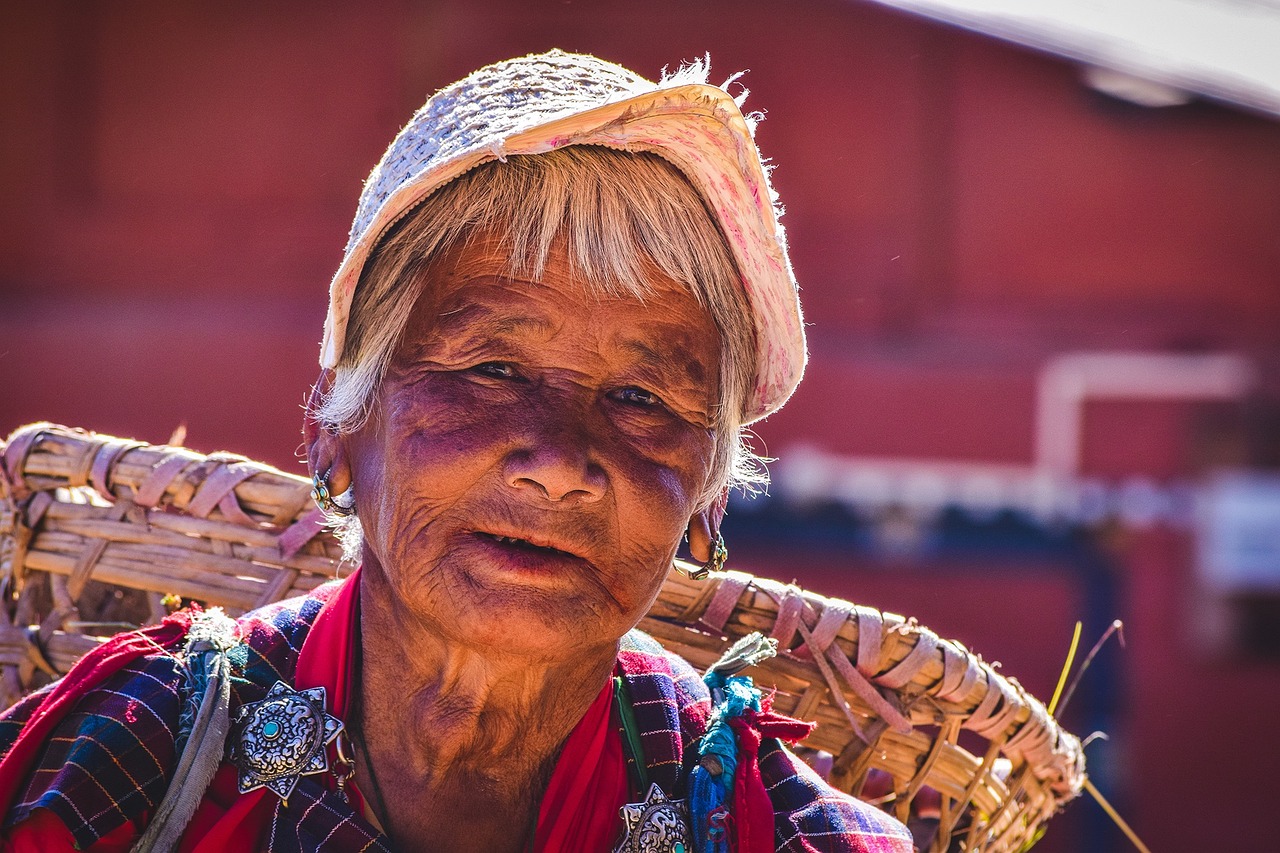
History of Thimphu Tshechu
The Thimphu Tshechu holds a significant place in the cultural tapestry of Bhutan, offering a glimpse into the country's rich heritage and spiritual traditions. This traditional religious festival is a vibrant celebration that honors Guru Rinpoche, featuring a kaleidoscope of masked dances, elaborate rituals, and colorful performances that captivate both locals and visitors alike.
Originating from the 17th century, the Thimphu Tshechu has deep roots in Bhutanese history and folklore. It was initiated by the 4th Desi, Gyalse Tenzin Rabgay, to commemorate the birth anniversary of Guru Rinpoche, also known as Padmasambhava, the revered saint who introduced Buddhism to Bhutan. Over the centuries, the festival has evolved into a grand spectacle that showcases the country's cultural identity and spiritual devotion.
One of the most striking aspects of the Thimphu Tshechu is the traditional costumes and attire worn by the participants. These outfits are not merely clothing but intricate works of art that symbolize Bhutan's unique cultural heritage and skilled craftsmanship. Each garment tells a story, reflecting the wearer's role in the festival and their connection to Bhutan's traditions.
The heart of the Thimphu Tshechu lies in the mesmerizing masked dances and theatrical performances that unfold during the festivities. These performances are not just entertainment but sacred rituals with deep symbolic meanings. Each dance portrays a specific story or conveys a spiritual message, connecting the audience to the ancient traditions and beliefs of Bhutan.
Throughout the Thimphu Tshechu, various religious ceremonies and rituals take place, underscoring the spiritual essence of the festival. From prayers and blessings to offerings made to appease deities and seek blessings, these rituals play a vital role in invoking divine blessings and fostering spiritual harmony among the participants and spectators.
What sets the Thimphu Tshechu apart is the active participation and involvement of the community in organizing and celebrating the event. The collective spirit and cultural pride of the Bhutanese people shine through as they come together to preserve and promote their traditions, creating a sense of unity and shared heritage that transcends generations.
In the face of modernization and changing societal dynamics, the Thimphu Tshechu faces challenges in maintaining its authenticity and relevance. Efforts are underway to balance tradition with modernity, ensuring that the festival adapts to the times while safeguarding its cultural integrity and spiritual significance.
The increasing interest of tourists in experiencing the Thimphu Tshechu has not only boosted tourism in Bhutan but also facilitated cultural exchange and mutual understanding. Visitors from around the world are drawn to the festival's vibrant atmosphere and spiritual aura, fostering a deeper appreciation for Bhutan's unique heritage and traditions.
Looking ahead, the Thimphu Tshechu aims to sustain its legacy and cultural relevance for future generations. Initiatives focused on preserving traditions, promoting community engagement, and ensuring environmental sustainability are key to safeguarding Bhutan's cultural heritage and ensuring that the festival continues to thrive for years to come.
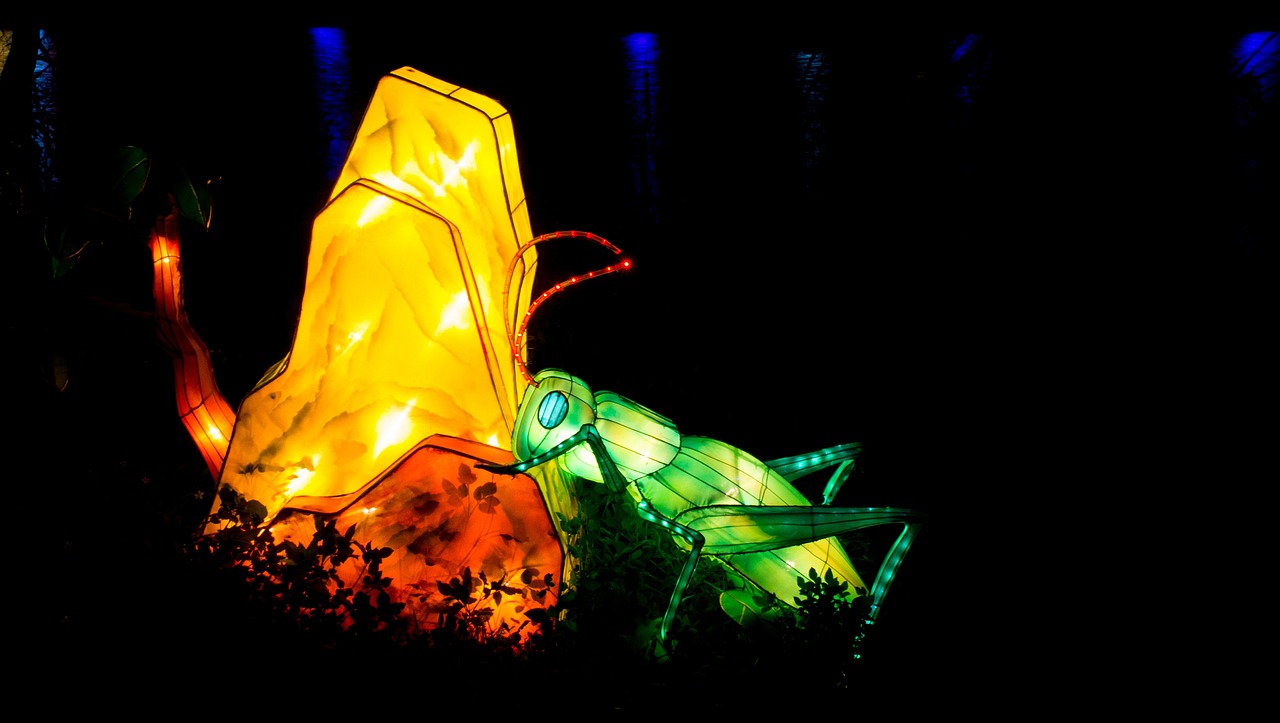
Traditional Costumes and Attire
Traditional Costumes and Attire at the Thimphu Tshechu festival hold a significant cultural and symbolic value, reflecting the essence of Bhutanese heritage and craftsmanship. Participants don elaborate and colorful garments that are intricately designed to represent various aspects of Bhutanese culture and spirituality. The attire worn during the festival is not merely clothing but a manifestation of tradition and identity, embodying the deep-rooted beliefs and customs of the Bhutanese people.
One of the most iconic elements of the traditional costumes is the gho, a knee-length robe worn by men, secured with a belt known as kera. The gho is adorned with intricate patterns and colors, each symbolizing different virtues and spiritual meanings. On the other hand, women wear the kira, a long, ankle-length dress accompanied by a toego, a woven jacket. The kira is elegantly woven with intricate designs and patterns, showcasing the skill and artistry of Bhutanese weavers.
Moreover, accessories such as rachu (scarf) and kabney (silk scarf) play a crucial role in completing the traditional attire, adding a touch of elegance and cultural significance. These accessories are not merely decorative but carry symbolic meanings related to social status, religious beliefs, and regional affiliations.
The traditional costumes worn during the Thimphu Tshechu are not static; they evolve and adapt to changing times while preserving their essence. The intricate details, vibrant colors, and symbolic motifs of the attire reflect the rich tapestry of Bhutanese culture, inviting observers to delve deeper into the cultural narrative woven through each garment.
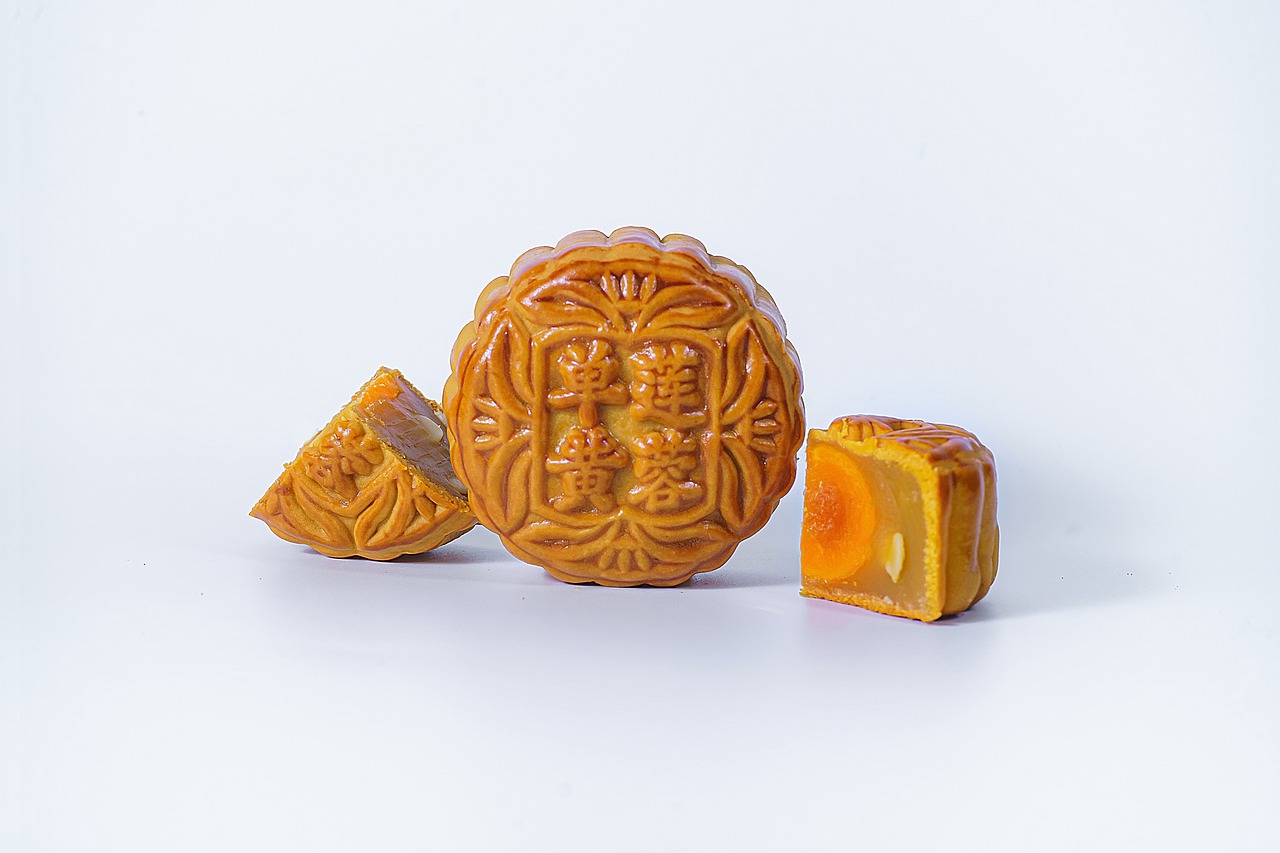
Masked Dances and Performances
When it comes to the Thimphu Tshechu in Bhutan, one cannot help but be captivated by the mesmerizing that take center stage during this vibrant religious festival. These dances are not merely for entertainment but hold deep symbolic meanings and religious significance that date back centuries.
The elaborate costumes worn by the performers are intricately designed to represent various deities, demons, and legendary figures from Bhutanese folklore. Each mask is a work of art, crafted with precision and care to embody the character being portrayed, adding an aura of mystery and mystique to the performances.
As the dancers move gracefully to the rhythmic beats of traditional music, spectators are transported to a world where myth and reality blend seamlessly. The choreography of the dances is a visual feast, with every movement and gesture laden with symbolism and cultural significance.
One of the most iconic dances during the Thimphu Tshechu is the Cham Dance, where masked performers reenact stories from Buddhist scriptures and legends. The intricate steps and elaborate costumes create a spectacle that is both awe-inspiring and spiritually uplifting.
Aside from the masked dances, the festival also features a variety of theatrical performances that showcase the talents of Bhutanese artists. From traditional storytelling through dance to comedic skits that entertain the crowds, the performances add a dynamic element to the festival, appealing to both locals and visitors alike.
Witnessing these cultural performances is not just a visual experience but a spiritual journey that offers insights into Bhutan's rich cultural heritage and religious traditions. The Thimphu Tshechu truly comes alive through the vibrant energy and artistry of its masked dances and performances, leaving a lasting impression on all who attend.
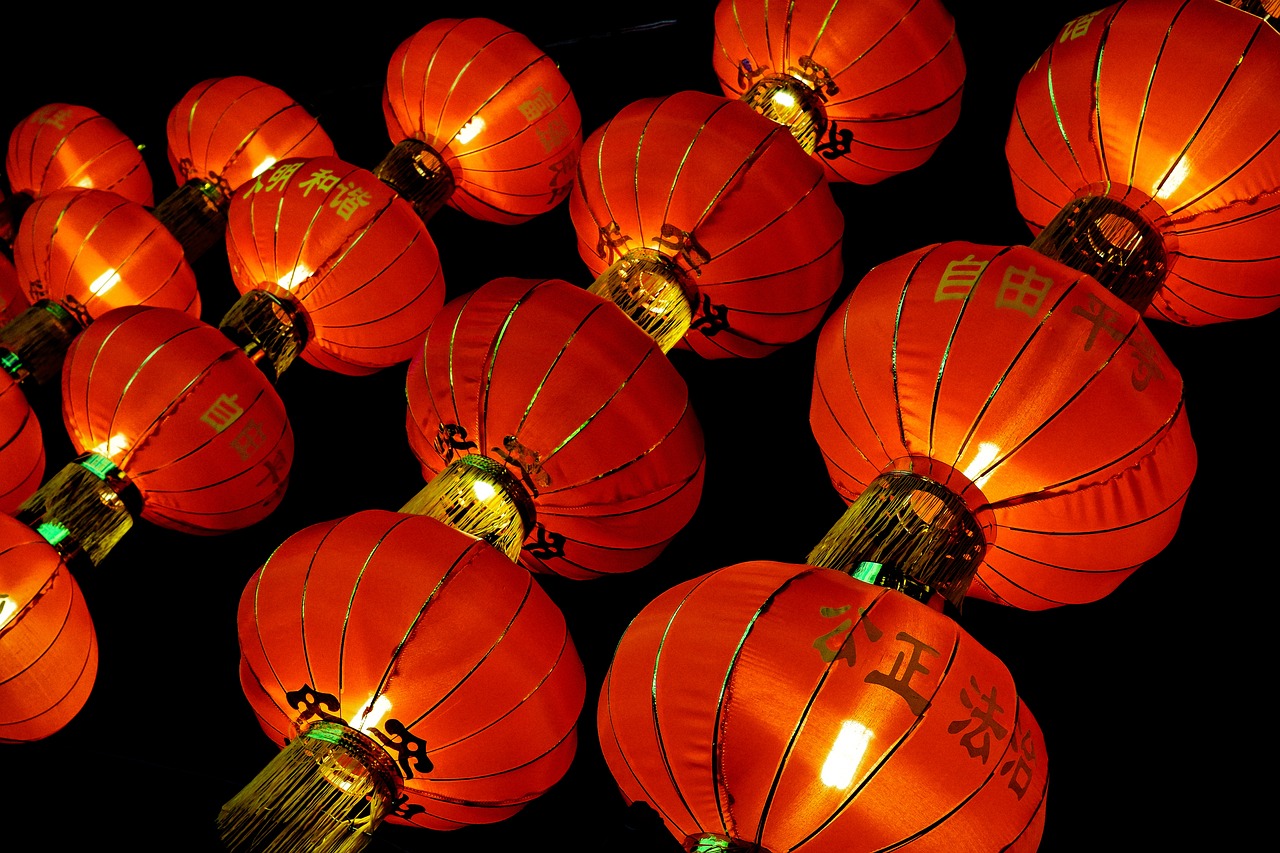
Religious Ceremonies and Rituals
Religious ceremonies and rituals hold a profound significance during the Thimphu Tshechu festival in Bhutan. The festival is a time when the devout come together to partake in various sacred practices aimed at invoking blessings and fostering spiritual growth. One of the central rituals is the offering of prayers and incense to honor Guru Rinpoche, the revered saint who introduced Buddhism to Bhutan. These rituals are believed to cleanse negative energies and bring peace and prosperity to the participants and their communities.
During the Thimphu Tshechu, elaborate ceremonies are conducted to pay homage to the deities and seek their blessings. Monks clad in vibrant robes chant ancient prayers, accompanied by the melodious sounds of traditional instruments. The rituals are a blend of solemnity and festivity, creating an atmosphere of reverence and joy. Offerings of butter lamps, fruits, and symbolic items are made as a gesture of devotion and gratitude towards the divine beings.
Symbolism plays a crucial role in the religious ceremonies of the Thimphu Tshechu. Each ritual and gesture carries deep spiritual meanings, conveying messages of wisdom and compassion. The intricate dances performed by masked dancers represent cosmic battles between good and evil forces, illustrating the eternal struggle for harmony and balance in the universe. Through these rituals, the Bhutanese people connect with their spiritual roots and reaffirm their faith in the teachings of Buddhism.
The rituals of the Thimphu Tshechu also serve as a means of seeking protection and guidance from the divine forces. Participants offer prayers for the well-being of their families, communities, and the world at large. The ceremonies are a reminder of the impermanence of life and the importance of cultivating virtues such as compassion, generosity, and wisdom. By actively engaging in these rituals, individuals deepen their spiritual awareness and strengthen their bond with the sacred traditions of Bhutan.
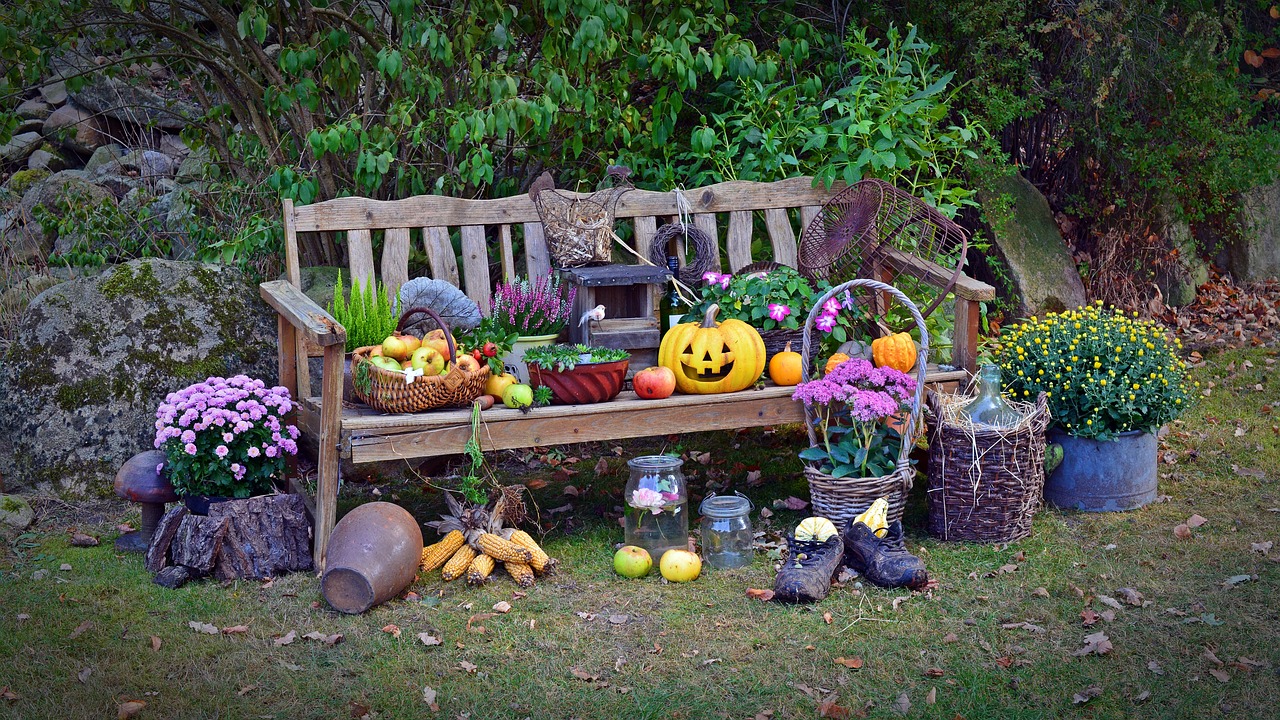
Community Participation and Involvement
Community participation and involvement play a pivotal role in the vibrant celebrations of the Thimphu Tshechu festival in Bhutan. The festival is not just an event but a collective expression of cultural identity and unity among the Bhutanese people. From the young to the old, individuals come together to contribute their time, effort, and resources to ensure the success of the festival.
During the preparation and organization of the Thimphu Tshechu, various communities within Bhutan actively engage in different roles, such as constructing the intricate mandalas, crafting elaborate costumes, and rehearsing for the traditional dances. This collaborative effort fosters a sense of belonging and pride, reinforcing the cultural heritage that the festival represents.
Moreover, the participation of local communities extends beyond the organizational aspects to the actual celebration of the Thimphu Tshechu. Families gather to witness the masked dances, rituals, and performances, creating a shared experience that strengthens social bonds and reinforces the values passed down through generations.
Community involvement in the Thimphu Tshechu goes beyond mere attendance; it involves active engagement in the preservation and promotion of Bhutanese traditions. Through their enthusiastic participation, community members contribute to the continuity of the festival, ensuring that it remains a vibrant expression of Bhutan's rich cultural tapestry for years to come.

Impact of Modernization on the Festival
The Thimphu Tshechu, a vibrant religious festival deeply rooted in Bhutanese culture, has not been immune to the winds of modernization sweeping across the country. As Bhutan embraces technological advancements and undergoes societal changes, the traditional festival faces both challenges and opportunities in preserving its essence amidst a rapidly evolving world.
One of the significant impacts of modernization on the Thimphu Tshechu is the influence of technology on various aspects of the festival. While modern tools and equipment have streamlined logistical aspects of organizing the event, there is a delicate balance to maintain between incorporating modern conveniences and safeguarding the authenticity of age-old traditions.
Moreover, changing societal norms and values in Bhutan have also affected the festival's dynamics. With shifting priorities and lifestyles, the younger generation's engagement and interest in traditional practices like the Thimphu Tshechu may fluctuate, posing a challenge to the continuity and relevance of such cultural events.
As Bhutan opens its doors to the world through increased globalization and tourism, the Thimphu Tshechu has gained international attention, attracting visitors from far and wide. While this exposure presents an opportunity to showcase Bhutanese culture on a global stage, it also brings the risk of commercialization and dilution of the festival's spiritual significance.
Efforts are underway to navigate these modernization impacts thoughtfully and sustainably. Initiatives to blend traditional customs with contemporary elements, such as incorporating eco-friendly practices and digital outreach, aim to ensure the festival remains meaningful and resonant with both local communities and a global audience.
In essence, the impact of modernization on the Thimphu Tshechu is a double-edged sword, presenting challenges to preserving cultural authenticity while also offering avenues for innovation and adaptation. The festival's ability to evolve with the times while staying true to its roots will determine its longevity and relevance in the ever-changing landscape of Bhutanese traditions.
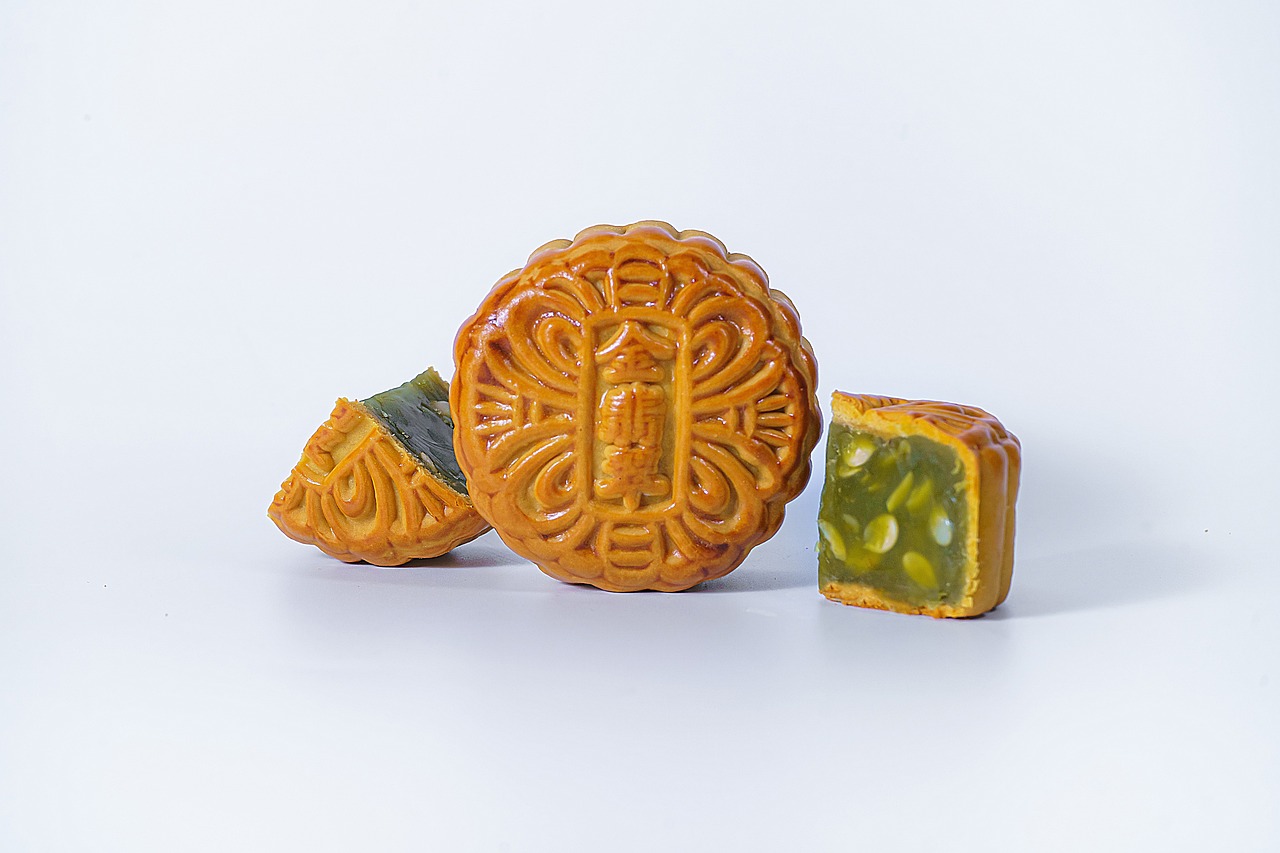
Tourism and Cultural Exchange
When it comes to the Thimphu Tshechu festival in Bhutan, the intersection of tourism and cultural exchange plays a significant role in shaping the event's dynamics. As the festival gains international recognition and interest, it has become a focal point for tourists seeking an authentic cultural experience in Bhutan. The influx of visitors not only provides economic benefits to the local community but also fosters a deeper understanding and appreciation of Bhutanese traditions and customs.
One of the key aspects of tourism during the Thimphu Tshechu is the opportunity for cultural exchange between locals and visitors. Tourists have the chance to witness firsthand the vibrant performances, intricate rituals, and colorful ceremonies that define the festival. This direct interaction allows for a meaningful exchange of ideas, beliefs, and practices, enriching both the visitors' experience and the cultural heritage of Bhutan.
Moreover, the presence of tourists during the Thimphu Tshechu contributes to the preservation and promotion of Bhutanese traditions. The increased visibility of the festival on a global scale not only attracts more visitors but also raises awareness about the unique cultural identity of Bhutan. Through cultural exchange, tourists become ambassadors of Bhutan's heritage, sharing their experiences and insights with the world.
Furthermore, tourism plays a crucial role in supporting the sustainability of the Thimphu Tshechu festival. The revenue generated from tourism helps fund the organization of the event, ensuring its continuation for future generations. Additionally, the exposure to different cultures and perspectives brought by tourists encourages innovation and adaptation, allowing the festival to evolve while staying true to its roots.
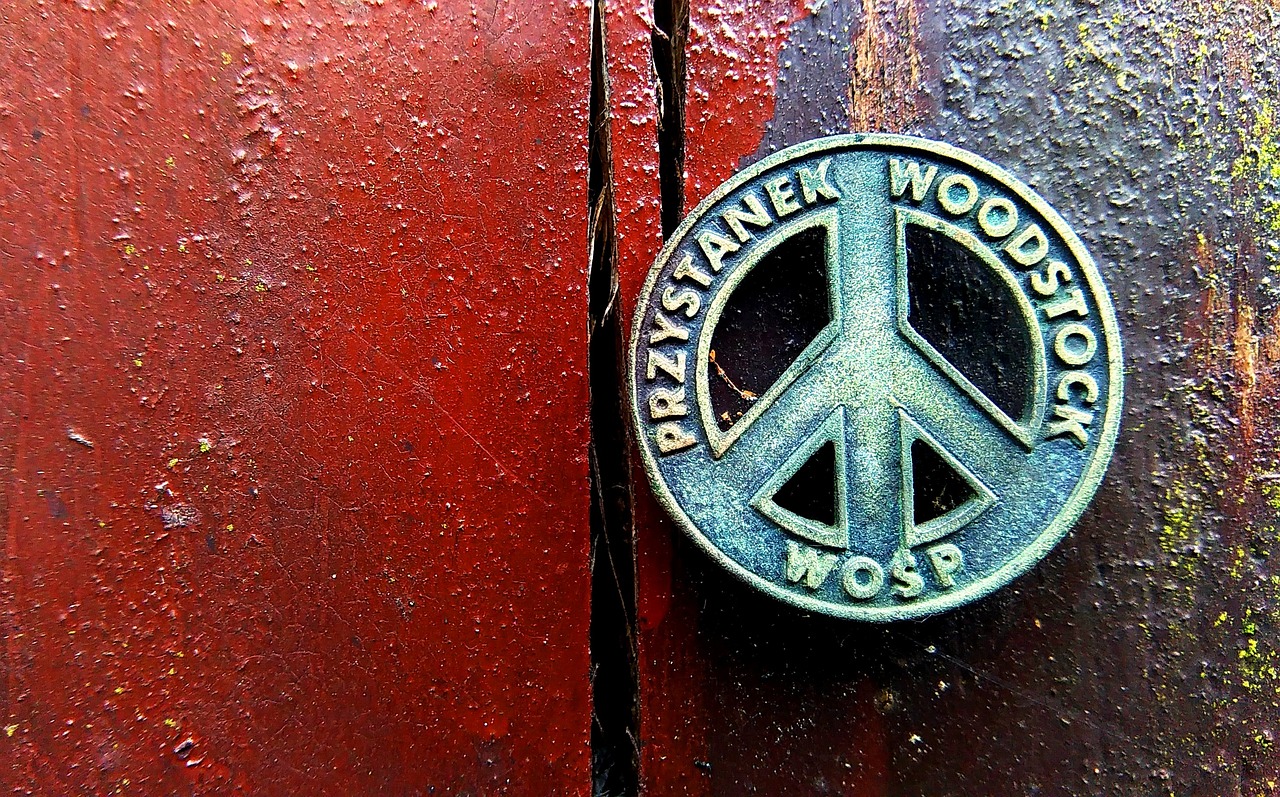
Future Prospects and Sustainability
As we look towards the future of the Thimphu Tshechu festival, there are both challenges and opportunities on the horizon. One of the key aspects for ensuring the sustainability of this vibrant religious celebration is the need to strike a balance between preserving age-old traditions and adapting to the changing times. Efforts are being made to modernize certain aspects of the festival while safeguarding its cultural essence and authenticity.
Moreover, promoting environmental sustainability is becoming increasingly important in the planning and organization of the Thimphu Tshechu. Initiatives are being implemented to reduce the festival's ecological footprint, such as using eco-friendly materials, minimizing waste, and promoting responsible tourism practices among visitors. By embracing sustainable practices, the Thimphu Tshechu can continue to thrive while respecting the natural environment of Bhutan.
Looking ahead, there is a growing focus on enhancing the educational and cultural aspects of the festival. By incorporating more interactive experiences, workshops, and exhibitions, the Thimphu Tshechu aims to engage younger generations and visitors from diverse backgrounds, fostering a deeper appreciation for Bhutanese traditions and values.
Furthermore, collaborations with international partners and cultural exchange programs play a vital role in expanding the global reach and impact of the Thimphu Tshechu. By welcoming participants and audiences from around the world, the festival not only promotes cross-cultural understanding but also generates economic opportunities for local communities and artisans.
In conclusion, the future prospects of the Thimphu Tshechu festival are bright, with a strong emphasis on sustainability, innovation, and inclusivity. By embracing change while staying true to its roots, this iconic celebration of Bhutan's religious and cultural heritage is poised to continue enchanting audiences for generations to come.
Frequently Asked Questions
- What is the significance of Thimphu Tshechu?
Thimphu Tshechu is a traditional religious festival in Bhutan that holds great cultural and spiritual importance. It is a vibrant celebration that showcases masked dances, rituals, and colorful performances honoring Guru Rinpoche.
- How did Thimphu Tshechu originate?
The festival has deep historical roots and has evolved over the years to become a key event in Bhutanese religious and cultural traditions. It was established to commemorate the birth anniversary of Guru Rinpoche, the patron saint of Bhutan.
- What can visitors expect to see at Thimphu Tshechu?
Visitors can witness traditional costumes, intricate masked dances, religious ceremonies, and community participation that highlight the rich cultural heritage of Bhutan. The festival offers a unique insight into Bhutanese traditions and beliefs.
- How has modernization impacted Thimphu Tshechu?
Modernization has brought both challenges and changes to the festival, with efforts being made to balance tradition with technological advancements. Despite these challenges, there is a strong commitment to preserving the cultural essence of Thimphu Tshechu.
- Is Thimphu Tshechu open to tourists?
Yes, Thimphu Tshechu welcomes tourists who are interested in experiencing Bhutanese culture and traditions. Tourists play a role in promoting cultural exchange and fostering a deeper appreciation for Bhutan's rich heritage.

